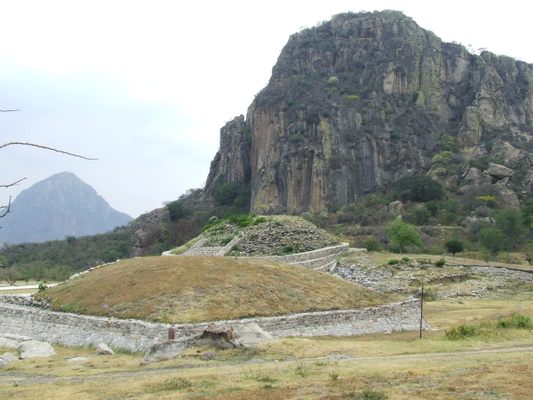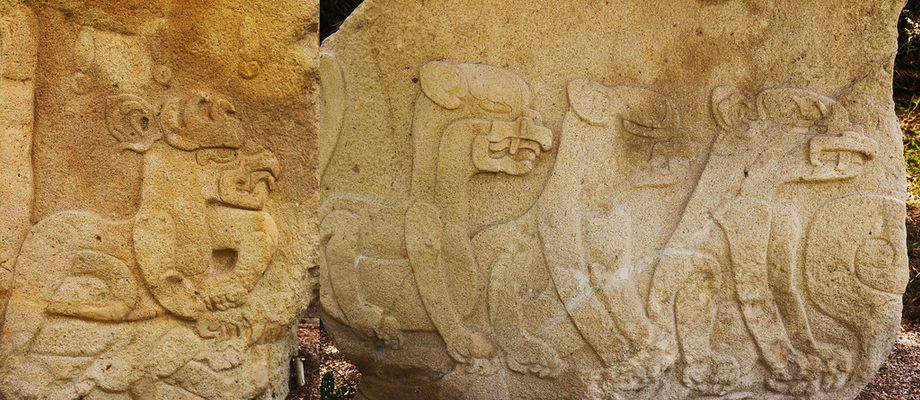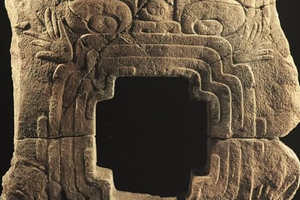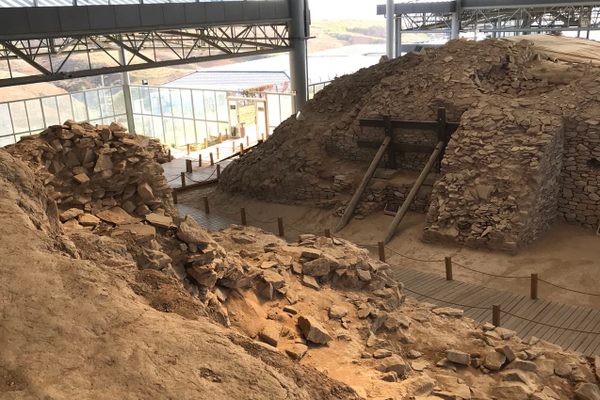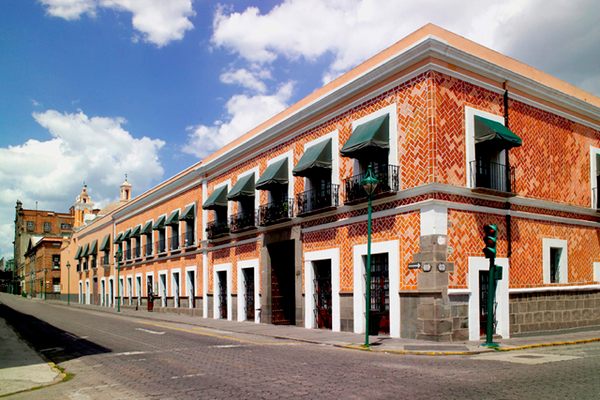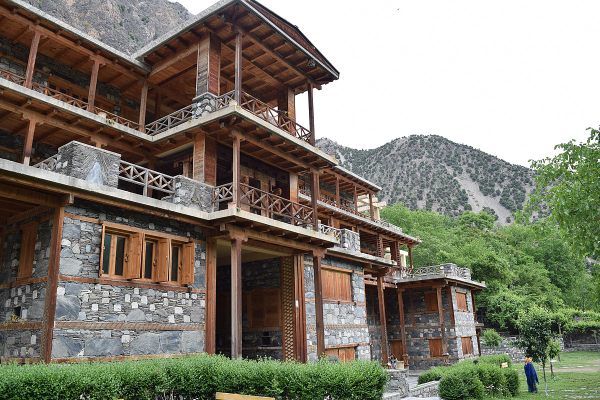About
In the shadows of the mountain ranges of Mexico's central highlands lies a mysterious ancient ruin known to archeologists as Chalcatzingo. This site witnessed the rise of the oldest known Mesoamerican civilization, the Olmecs, who practiced the religious worship of the regions apex predator, the jaguar.
Archeologists have estimated that this area was first settled around 1,500 BC, and that by 900 BC a complex culture had emerged. The population was sustained by terraces where staple agricultural crops such as maize were cultivated and watered by a stream that flowed from the mountains. This water source was evidently of critical importance for both the first inhabitants and later groups of settlers in this area, as reflected in the name the Aztecs gave the site, Chalcatzingo, which translates from Nahuatl as "the place of the sacred water."
The culture of the ancient peoples who first inhabited the Chalcatzingo site remains a mystery, but there are a few clues. The ruins are home to much art and architecture in the style of the Olmecs, whose heartland was the tropical lowlands of south-central Mexico. This suggests the ancient inhabitants of the Valley of Morelos were either of Olmec origin or were somehow strongly influenced by this early civilization. The location of Chacaltzingo also suggests the area was situated at a crossroads of trade routes that connected the Olmec heartlands of the gulf lowlands with the cultures of the valley of Mexico and those of distant regions such as the Mezcala of Guerrero and the Zapotec civilization of Oaxaca. It's been theorized that the area was settled by Olmec merchants as a trading post, and eventually grew into a city that at its height was home to around 500 to 1,000 people.
An abrupt decline occurred in 500 BC, coinciding with the overall collapse of the Olmec civilization in the tropical lowlands. The collapse probably was a result of several long-standing environmental catastrophes that negatively impacted agricultural systems and caused widespread famine. Although the peoples of Chacaltzingo did not suffer directly from these disasters, it's believed they may have been impacted economically and culturally as trade dried up and the distant mother culture faded away, its cities gradually swallowed by thick jungles.
Before the collapse, a dominant theme of the Olmec cosmovision was the religious veneration of the power of the Jaguar, the apex predator of the region. The ubiquitous iconography of the big cat appears in the majority of artifacts unearthed in archeological excavations of Olmec settlements, and Chalcatzingo is no exception. Most of the stelae found in this archeological site depict ferociously fanged and ornate-looking cats, indicating that the Olmecs brought their reverence of these felines with them to the region. Some of the stelae are rather unusual artifacts and portray motifs of jaguars with odd morphological forms or engaged in strange rites. One of these felines possesses the sharp beak of an eagle and strongly resembles the griffons of old world mythology. Another of these cats is depicted with distinctive anthropomorphic "were-jaguar" features and is shown in the act of savagely attacking and disemboweling an unfortunate human being who screams in terror.
Historically, the jaguar and its close relative, the puma, would have been relatively common animals that roamed the pine forests and sierras of the region hunting prey such as deer and peccary and perhaps the occasional human being. However, these once-revered felines have sadly become extinct in the state of Morelos, due to the combined pressures of overhunting and habitat loss. Today only their ghostly likeness may be seen on the ancient stelae of Chalcatzingo.
Related Tags
Know Before You Go
The archeological site is open on Mondays and Tuesdays from 10 a.m. to 5 p.m. and on weekends from 9 a.m. to 6 p.m. The entrance fee is $55 pesos.
Yucatan Family Adventure: Meteors, Pyramids & Maya Legends
Explore Maya temples and learn about the asteroid that wiped out the dinosaurs.
Book NowPublished
June 18, 2019
